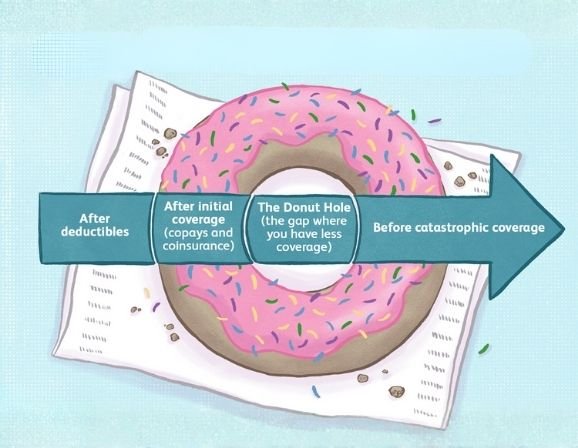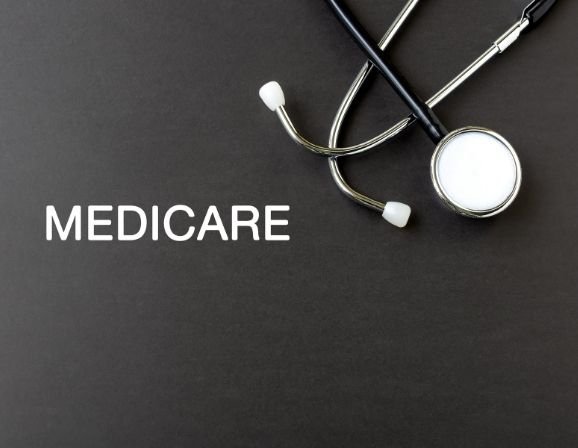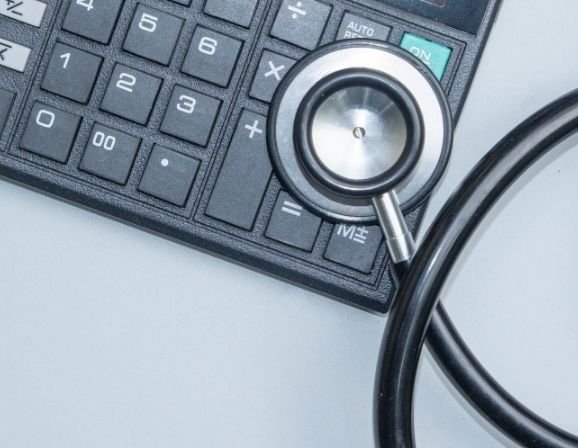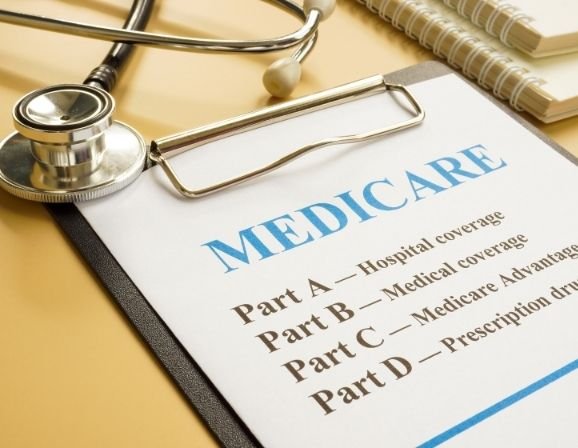When you buy a health plan through the Marketplace, you may not have to pay the full price yourself. The government offers help called a premium tax credit, also known as an advance premium tax credit (APTC).
This credit lowers your monthly payment for coverage. The Marketplace figures it out in advance and applies it to your premium automatically. Later, when you file your taxes, everything is checked and adjusted if needed. To understand your total savings, it helps to compare premium tax credits vs cost-sharing reductions, since both lower costs in different ways.
Basic Eligibility Rules for ACA Subsidies
ACA income limits 2025 determine who qualifies for federal health insurance subsidies under the Affordable Care Act. These limits change each year based on household size and federal poverty levels To qualify for ACA subsidies or premium tax credits, you need to meet several basic conditions.
General Requirements
- You must buy your plan through the official Health Insurance Marketplace.
- Your household income should be at least 100% of the federal poverty level.
- For most, income shouldn’t exceed 400% of FPL (though this is relaxed through 2025).
- You or your household must file a federal tax return.
- You can’t have other “minimum essential coverage” that’s considered affordable.
- You must live in the U.S. and be a citizen or lawfully present immigrant.
- You cannot be incarcerated.
Income Limits & How They Work

What Income Counts
Your eligibility is based on something called Modified Adjusted Gross Income (MAGI). It starts with your Adjusted Gross Income (AGI) from your tax return. Then it adds things like:
- Non-taxable Social Security benefits
- Tax-exempt interest
- Untaxed foreign income
This gives a fairer view of what you actually make. Income isn’t the only factor in determining ACA eligibility. Immigration ACA subsidy eligibility also matters, applicants must be lawfully present in the U.S. to qualify for income-based assistance.
Federal Poverty Level (FPL) Guidelines
The ACA compares your income to the Federal Poverty Level for your family size. These numbers change each year. For 2025, a family of four has an FPL of about $31,200.
Each additional person increases the limit. So, the bigger your household, the higher your income can be and still qualify.
Traditional Range: 100%–400% of FPL
Normally, you must earn between 100% and 400% of FPL to qualify for help.
- Below 100% FPL? You might qualify for Medicaid instead.
- Above 400% FPL? You usually don’t get help, unless current laws continue through 2025.
Right now, if your plan would cost more than 8.5% of your income, you can still qualify even above the old 400% mark.
Example Income Limits for 2025
- 1 person: about $15,060 (100%) to $60,240 (400%)
- 2 people: about $20,440 to $81,760
- 4 people: about $31,200 to $124,800
These are general estimates. Your exact amount depends on your state and your household makeup.
How Household Size Affects Subsidy Eligibility
Your subsidy depends not only on income but also on the number of people in your tax household.
Who Counts as Household Members
Your “household” includes:
- Yourself
- Your spouse (if you file jointly)
- Dependents on your tax return
Even if a dependent doesn’t need insurance, their income still counts in the total household MAGI.
Why Size Matters
Adding family members raises your FPL threshold. For example, a family of five can earn more than a single person and still qualify for help.
As your income rises, the ACA expects you to pay a larger share of your premium. But a larger household usually means a higher FPL limit and potentially a smaller cost per person. That’s why understanding family size ACA subsidies helps families estimate how much support they can expect each year.
It’s also useful to compare ACA subsidies married vs single, married couples who file jointly often qualify for different subsidy amounts than single individuals with the same income
Special Enrollment Periods & Subsidy Access
Sometimes life changes outside the Open Enrollment window. You might still qualify for coverage under a Special Enrollment Period (SEP).
Common Qualifying Events
- Losing job-based coverage
- Marriage or divorce
- Having or adopting a child
- Moving to a new state or ZIP code
- An income change that makes you newly eligible
You usually have 60 days after one of these events to enroll. Subsidy rules still apply the same income checks, same household calculations.
Pitfalls, Edge Cases, & Tips

Common Mistakes
- Underestimating income: You may owe money back later.
- Overestimating income: You might miss out on money you could’ve received.
- Not reporting midyear changes: It can cause large tax surprises.
- Affordable employer coverage: If you have an employer plan considered affordable, you lose ACA subsidy eligibility. This situation is known as ACA subsidy disqualification, and it’s one of the most common reasons people lose assistance midyear.
- Immigration status: Undocumented immigrants cannot qualify, but lawful immigrants may.
The temporary rule allowing help above 400% FPL ends after 2025 unless renewed. If it expires, the old limits return, and many families could lose support.
Real-Life Impact & Marketplace Trends
ACA enrollments have nearly doubled in the past five years, from around 11 million in 2020 to over 24 million in 2025. The reason? Expanded subsidies capped premiums at about 8.5% of income. If that rule expires, high earners could lose help. Understanding these changes matters because missing eligibility can cost you thousands each year.
| Get Covered Before Enrollment Deadlines Close Prime Life Financial helps you apply, compare, and secure ACA coverage in minutes. Enroll Now |
Applying for ACA Subsidies Step-by-Step
You can apply for ACA subsidies through the federal Marketplace or your state’s exchange.
Steps to Apply
- Gather income info for everyone in your household.
- Visit the Marketplace website during Open Enrollment (or SEP).
- Fill out the application and answer household and income questions.
- Review plan options and estimated monthly costs after subsidies.
- Choose a plan and submit your enrollment.
Once you file taxes, the IRS compares your actual income to what you reported. If you earn more, you might repay some credit. If you earn less, you might get more at tax time.
What If You Miss Open Enrollment?
If you don’t apply during Open Enrollment (usually Nov 1 to Jan 15), you may have to wait unless you qualify for a SEP. However, if your income or household changes midyear, update your Marketplace profile. It can re-adjust your subsidy and keep you compliant.
Why Your Broker Matters
You can apply alone, but working with an independent broker like Prime Life makes the process smoother.
They help you:
- Estimate income accurately
- Choose between Silver, Gold, or Bronze plans
- Avoid tax repayment shocks
- Get year-round support
When you understand your actual income and family setup, you can plan more effectively and pay less.
Conclusion
Qualifying for ACA subsidies isn’t complicated once you know the rules. Your income, household size, and citizenship determine your eligibility. Staying within 100% to 400% of FPL keeps you in range for help, and temporary expansions make coverage possible for those earning more.
Don’t forget your annual ACA subsidy renewal, which keeps your premium assistance active for the next coverage year. If your income changes, update your information fast. If you lose coverage, apply during SEP. If you’re unsure where you stand, ask for help early.
Prime Life Financial helps families across the U.S. compare Marketplace plans, check subsidy eligibility, and enroll before deadlines close. The sooner you act, the more choices you’ll have and the lower your monthly bill could be.
FAQs
What is the highest income to qualify for the ACA?
Currently, even those above 400% of the federal poverty level may qualify if their plan costs more than 8.5% of income.
Who is eligible for ACA subsidies?
Anyone living in the U.S., lawfully present, not eligible for affordable job coverage, and earning roughly 100–400% of FPL.
How does family size affect ACA eligibility?
Bigger families have higher income limits, so more people can qualify for help without losing eligibility.
What happens if I earn more than expected?
You might have to repay part of your subsidy when you file taxes. Always update the Marketplace right away.
References: Low cost marketplace health care, qualifying income levels. (n.d.). HealthCare.gov. https://www.healthcare.gov/lower-costs/






